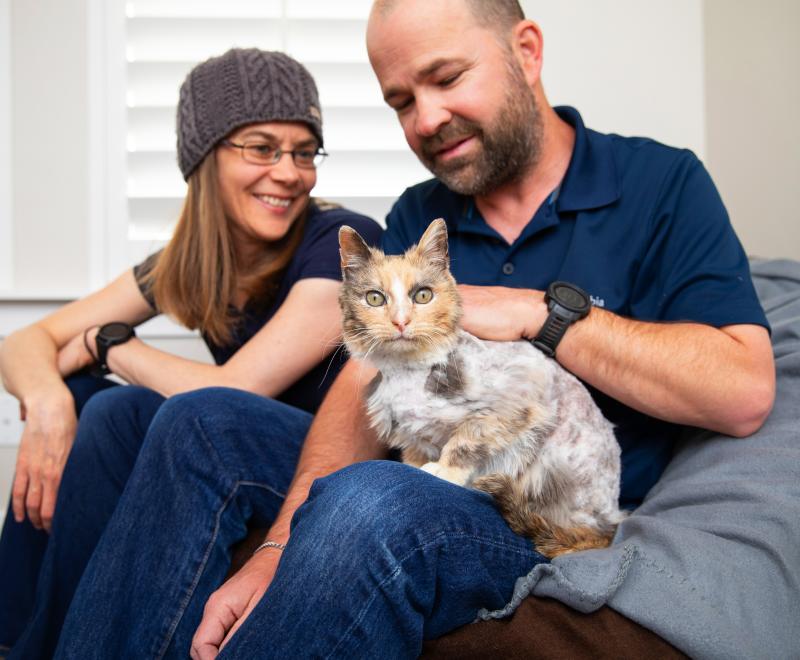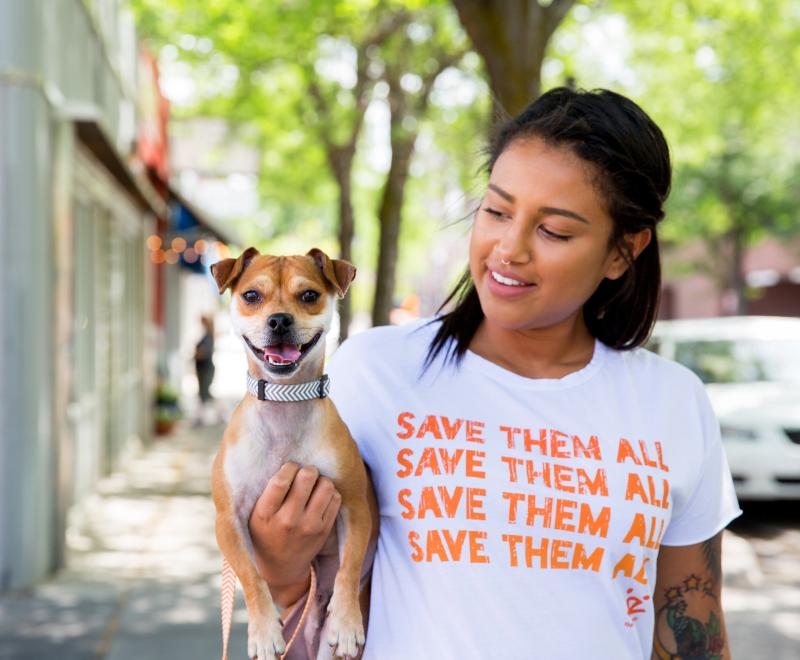How a Baltimore shelter saved a scared dog named Tanner

Entering a shelter can be a scary proposition for any dog or cat. And so it was for Tanner, a high-energy dog with a one-of-a-kind spotted coat, who arrived at Baltimore Animal Rescue and Care Shelter (BARCS) last spring. The first couple of days, Tanner seemed to be in a constant state of excitedness — extremely active, frequently jumping around, and using his mouth a little bit too much to get attention.
Tanner’s experience is common in shelters all across the United States. Dogs come in, and even in the most beautifully designed facility, they can be scared and overwhelmed and their behavior can in turn scare away potential adopters.
The team at BARCS had been working with Best Friends on a variety of programs to support them in saving more animals’ lives, and it just so happened that Tanner arrived right around the beginning of the next phase of assistance: Best Friends’ national shelter embed program.
[Best Friends Network spotlight: BARCS]
Cathy Overfield, Best Friends embed project operations manager, would be on-site full time for four months to help them roll out new ways to save animals’ lives. The Best Friends national shelter embed program, made possible in part by a grant from Maddie’s Fund®, is one of the ways Best Friends is helping shelters reach no-kill in 2025 and beyond.
In Cathy’s travels to work alongside people in shelters around the country, she’d seen so many other dogs in the same tough spot as Tanner. They get overwhelmed and desperate to get out of their kennels, so they jump and bark and can be mouthy. And with more dogs coming in and space at a premium, those dogs can end up on the euthanasia list.
“As we would soon find out, what Tanner first showed really wasn’t who he was,” says Cathy. “He was just scared, and he needed time and a plan.”
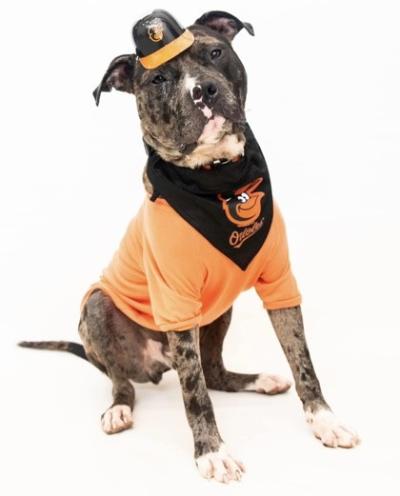
A plan for every animal
Jen Brause, BARCS’ founder and executive director, says having a Best Friends staff member work alongside the team at BARCS helped them move forward with plans they’d wanted to implement for some time. One of the recommendations from an earlier assessment at the shelter was to start daily rounds. That meant meeting every day with the medical, behavioral, and caregiver teams to review and discuss the needs of each animal. “It was a big piece that we hadn’t been able to do,” says Jen.
Cathy says, “The daily rounds help to make sure that all eyes are on all animals and that there’s a plan that puts them on the pathway to success from the day they arrive at the shelter.”
By the time Cathy met Tanner, he’d been at the shelter for a while and had everyone convinced he was a pretty wild, jumpy, mouthy kind of guy. But when a caregiver brought Tanner out of his kennel to hang out in a staff room during a meeting, Tanner came in, walked right up to a stranger, took a few treats, and crawled into the stranger’s lap.
That was all Cathy needed to champion his case. She and BARCS’ animal behavior team discussed his history and behavior challenges; and in the end, Cathy got the green light to try placing him in a foster home.
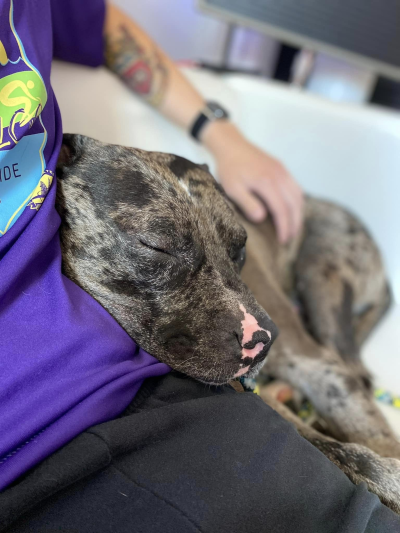
Foster home makes a difference for Tanner
Tanner’s foster home was with BARCS volunteer Jessica Ortiz. She was experienced and willing to give Tanner a chance in her home. The first time she approached Tanner’s kennel, she carried with her every caregiver’s tried-and-true icebreaker: really good dog treats. Jessica says, “He was a pretty nervous boy, so I slowly opened the kennel door and tossed in the treats. Eventually I went in, sat on the ground, and started talking to him. Slowly, he made his way over to me.”
Jessica brought Tanner home and began working with him on the basics that would not only help him feel more comfortable but also would help endear him to potential adopters. “We did crate training and basic sit, stay, etc.,” says Jessica. “We have a camera, so when we left for short periods of time, we could watch what he did. He was happy to just hang out in his crate or sleep on the bed until we came home. We took him for walks early in the morning and later when the sun went down.”
For the first time in a long time, things were looking up for the once-anxious pup.
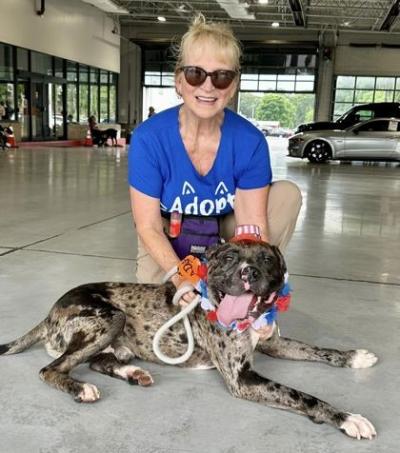
Digging into shelter programs
As the weeks went by, Cathy kept working with BARCS staff on all sorts of ways to save more lives, in addition to Tanner’s. The shelter had seen more animals coming in and a reduction in staff, and their save rate dipped below 90%, the threshold for no-kill. Jen says that the embed program assisted them in resetting some things: “Cathy really helped us dig into our various programs and helped us answer the question: What retraining is needed and what can we tweak?”
One goal was to keep more pets in their homes rather than have them surrendered to the shelter. The team outlined ways to help people with whatever challenges were leading them to consider giving up their pets. They designated a quiet space in the shelter to really talk with people when they came in.
[Sustainable programs that save cats]
They looked at the adoption process and simplified it, removing a requirement that adopters bring in their dogs to meet any new dog being adopted into the home. It turned out that these meet and greets, set by appointment only, were causing delays in the adoption process.
“We came to the conclusion that these weren’t really necessary for every dog — that the requirement was just an unfounded fear,” says Jen. “Cathy really worked for the team to be open to change and to decrease the number of steps prior to adoption so that animals could go home quicker.”
The changes were making a difference for pets in the shelter and those in foster homes, too. By the time a certain someone noticed Tanner’s adorable, spotted face online, there was a smooth path between him and a new home.
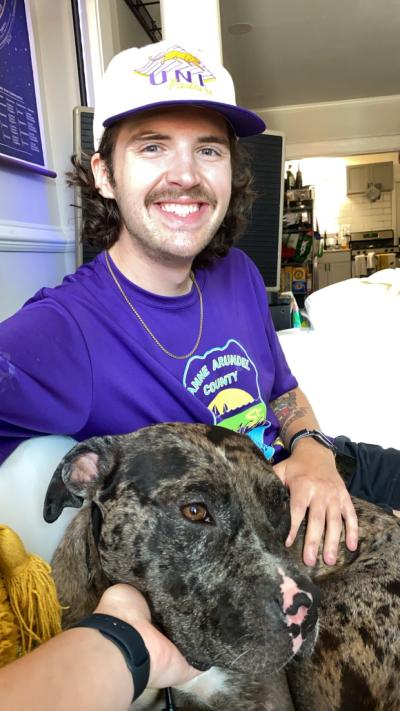
Tanner, meet Tanner
When a man named Tanner saw a BARCS Instagram post featuring Tanner (the dog), he called his friend, also named Tanner, who was looking to adopt his first dog. And over the course of a few days, things would happen in a hurry.
“I went to see him in foster care at Jessica’s,” says Tanner Halleran, a Baltimore resident who works in county government. “Right away he let it be known that he was for me. He was happy to sit at my feet and receive pets. He loves attention. He’s very social. And he likes to lick my face.”
And so it goes: A new formal partnership — Tanner & Tanner — was forged with the signing of adoption papers. Tanner the dog (since nicknamed TJ) went home with Tanner Halleran. Six months later, things are going just fine. “Everyone loves TJ, and they are just as obsessed with him as I am,” says Tanner.
Tanner the dog’s brief time at BARCS showed how much can be accomplished with dogs whose initial behavior might cast doubt on their future.
“Seeing Tanner reinforced what everyone at BARCS hoped for,” says Cathy. “It showed how important it is to simply get a dog out of the shelter. And it demonstrated once again that no matter what a dog’s past might be, there are always options for a brighter future.”
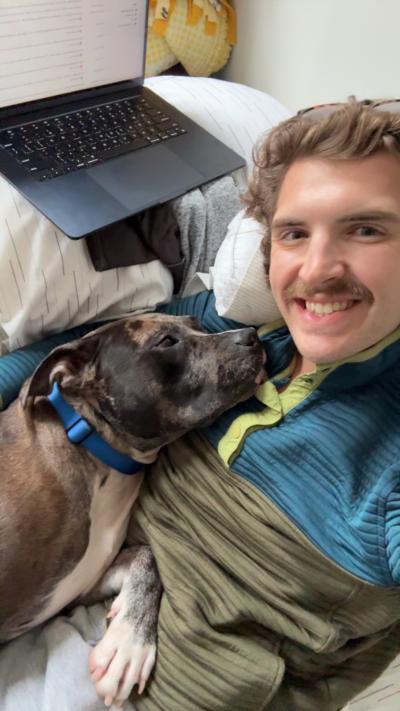
Let's make every shelter and every community no-kill in 2025
Our goal at Best Friends is to support all animal shelters in the U.S. in reaching no-kill in 2025. No-kill means saving every dog and cat in a shelter who can be saved, accounting for community safety and good quality of life for pets.
Shelter staff can’t do it alone. Saving animals in shelters is everyone’s responsibility, and it takes support and participation from the community. No-kill is possible when we work together thoughtfully, honestly, and collaboratively.


